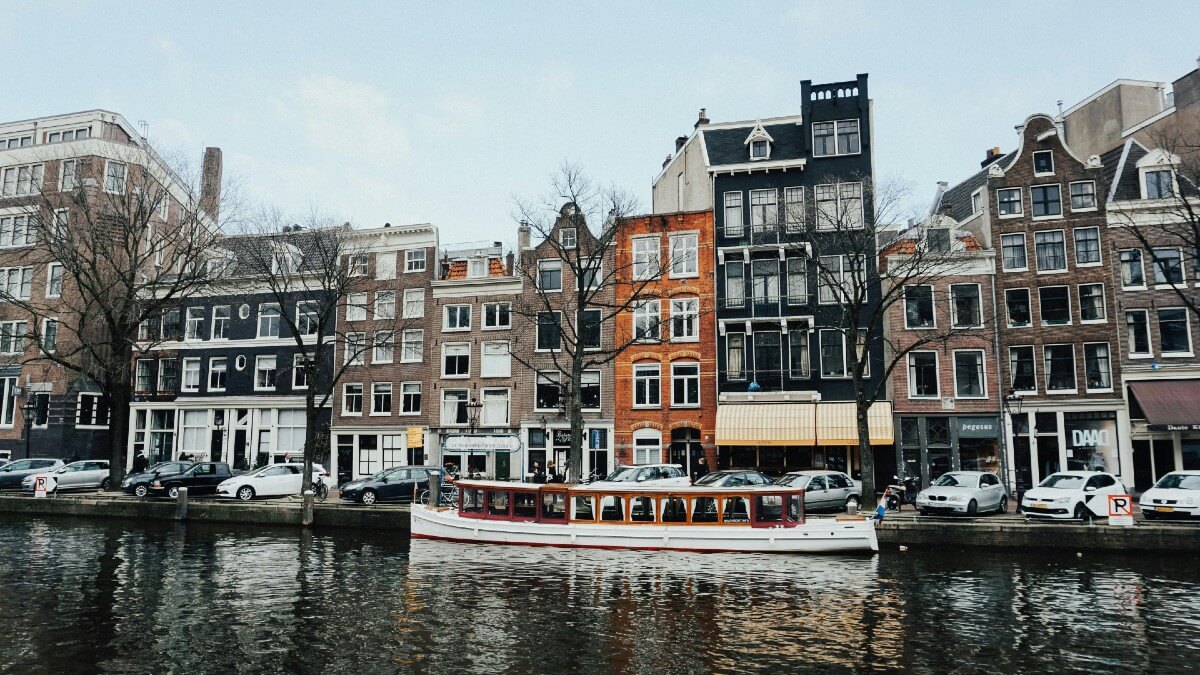The ABS released the December quarter selective living cost indexes data today, revealing the movements in the cost of living for different Aussie households:
| Household type | Annual change (Dec 17 to Dec 18) | Quarterly change (Sept 18 to Dec 18) |
| Employees | 1.9% | 0.6% |
| Age Pensioners | 2.0% | 0.4% |
| Self-funded retirees | 2.2% | 0.5% |
| Other govt transfer recipients | 2.1% | 0.9% |
| CPI (inflation) | 1.8% | 0.5% |
Source: ABS Selected Living Cost Indexes, December 2018
Living Cost Indexes (LCI) reflect the cost of living for households more accurately than the widely-reported Consumer Price Index (CPI) because they include mortgage interest and consumer credit charges.
This index also differs from CPI because it recognises the differences in the spending needs between different households.
An age pensioner household, for instance, would have reasonably different spending habits than an employee household.
For example, health costs generally make up a larger share of an age pensioner’s regular expenses than an employee’s.
To acknowledge this, the ABS applies different expenditure weights across the households – it assumes health costs take up 10.48% of an age pensioner’s expenses but only 5.67% of an employee’s.
The latest selective living costs data suggests that for employee households to be able to purchase the same quantity of goods and services from a year ago, their after-tax incomes would need to have increased by 1.9%.
This is slightly higher than the headline rate of annual CPI inflation which currently sits at 1.8%, below the Reserve Bank’s target band of 2-3%.
Wage growth in Australia currently sits at 2.3% per annum, as at the latest figures released in November.
This was the highest growth in three years, and working households will hope to see this rate go even higher in new figures to be released later this month.
Employees hit by higher recreation costs, age pensioners benefit from lower health costs
Over the December quarter, living costs increased by 0.6% for employee households, largely driven by a 3% rise in ‘alcohol and tobacco’ costs which was mainly a result of the 12.5% federal excise tax increase on tobacco.
Domestic holiday travel and accommodation over the busy summer holiday period drove the costs of ‘recreation and culture’ for employee households up 1.3% over the quarter.
Self-funded retiree households were hit even harder by rising holiday costs, with their ‘recreation and culture’ costs rising 1.5%.
But the falls in the price of petrol over the quarter helped offset these cost pressures, with household transport costs falling 0.7% for employees and 0.6% for self-funded retirees.
Petrol prices across Australia are the lowest we’ve seen in 15 months! ⛽ pic.twitter.com/AfFwOOP4qZ
— Sunrise (@sunriseon7) December 31, 2018
Living costs for age pensioners only rose 0.4% over the quarter, which was actually less than CPI (0.5%).
This smaller growth was attributed to a significant fall in their health costs (-1.4%), largely driven by a greater proportion of age pensioners qualifying for subsidies under the Pharmaceutical Benefits Scheme (PBS), which reduced their out-of-pocket spending on pharmaceutical products.
For feedback or queries, email dominic.beattie@savings.com.au



 Denise Raward
Denise Raward
 Harry O'Sullivan
Harry O'Sullivan

 William Jolly
William Jolly
 Aaron Bell
Aaron Bell

